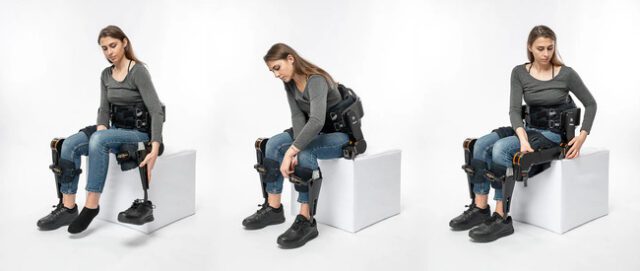
The unveiling of the Italian-made exoskeleton, named ‘Twin,’ marks a significant leap in the realm of assistive technology designed to enhance the mobility and quality of life for individuals with mobility impairments. Developed through a collaborative effort between the Italian Institute of Technology and the National Insurance Institute of Workplace Injuries, the exoskeleton boasts innovative features tailored to different levels of leg functionality. Its controls offer three distinct modes of operation – Walk mode, Retrain mode, and TwinCare mode – catering to users with varying degrees of lower limb mobility. In Walk mode, the exoskeleton aids individuals paralyzed from the waist down by facilitating leg movements with adjustable gait and walk speeds. Retrain mode targets users with some control over their legs, providing assistance to help build strength and mobility in a manner reminiscent of electric pedal assistance on bicycles.

TwinCare mode caters to those with injuries in only one leg, synchronizing the movement and gait of a functional leg with the exoskeleton wrapped around the non-functional leg, ensuring balanced and coordinated motions. Although the prototype requires the use of crutches for balance, the lightweight, disassemblable design featuring aluminum alloy modules offers portability and potential future upgrades. This Italian innovation reflects the commitment to advancing assistive technologies, showcasing how the marriage of robotics and healthcare can contribute to improving the lives of individuals facing mobility challenges. The ‘Twin’ exoskeleton is not only a testament to technical prowess but also a symbol of hope, inspiring the disabled community with the promise of increased independence and mobility through cutting-edge developments in robotic assistance.














